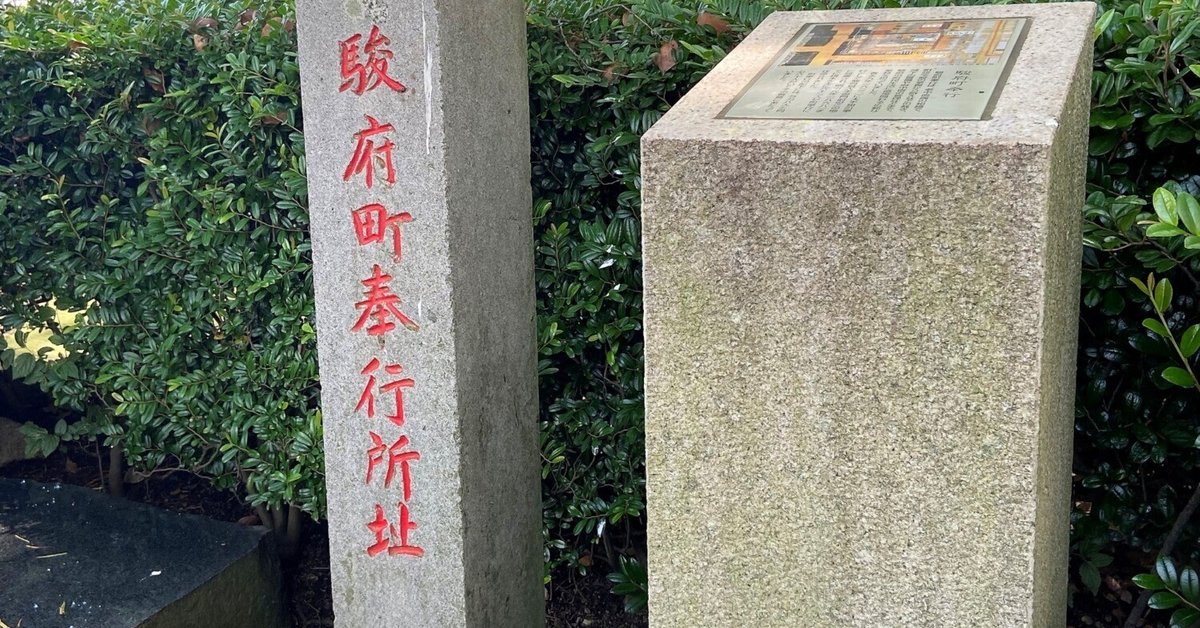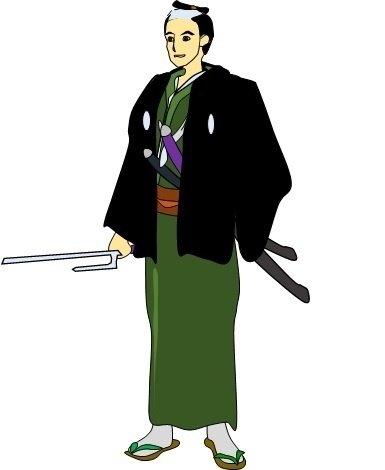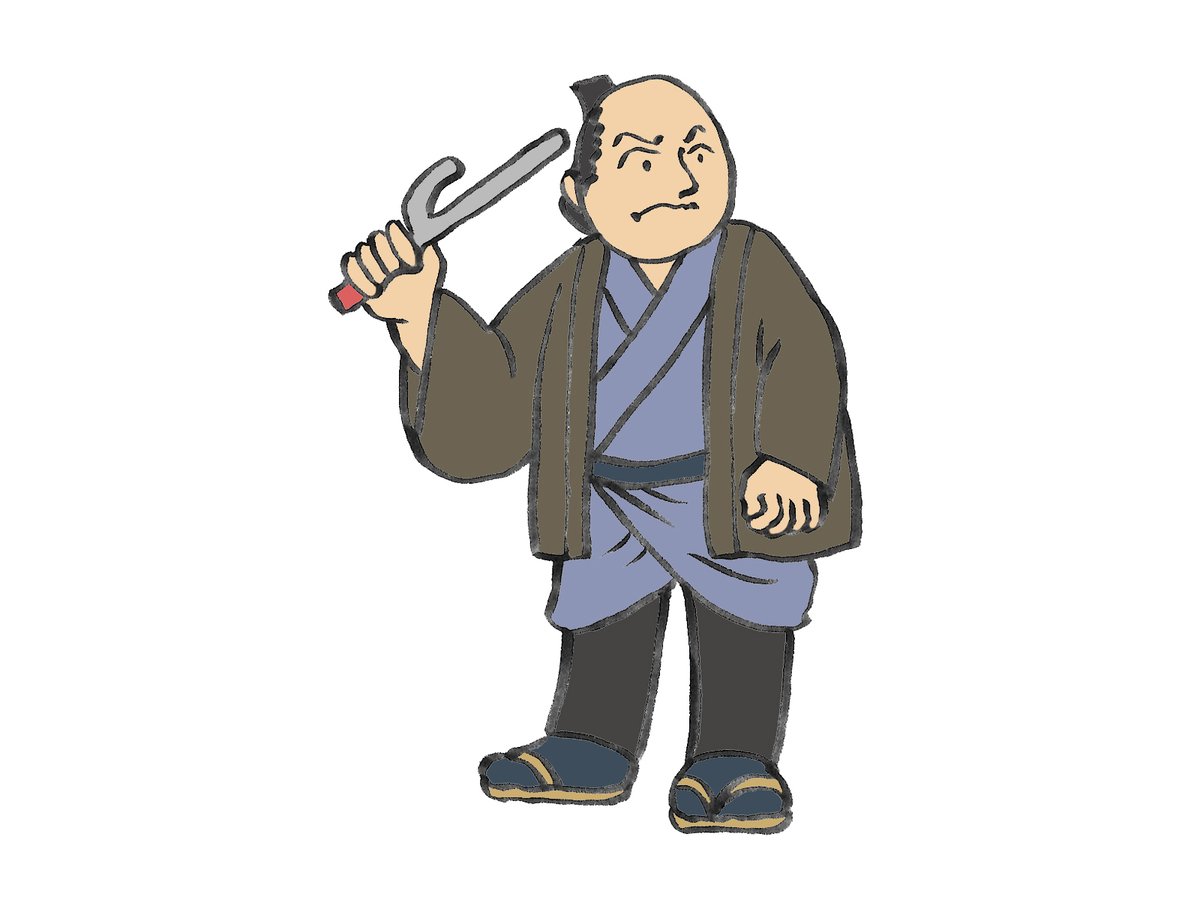
【~連載~静岡の歴史を学ぼう153】Sumpu-machi Bugyo-sho (Sumpu Magistrate Office) 駿府町奉行所
※ この記事は「静岡移住計画Facebook」に掲載しております。
駿府は幕府直轄地だったため、江戸と同じように奉行所が置かれました。
時代劇で見る「お奉行様」はどんな役人だったのでしょうか。その周りにいる人々についてもお伝えいたします。
Sumpu-machi Bugyo-sho (Sumpu Magistrate Office)
駿府町奉行所
’Bugyo’ was an official title for controlling citizens in the Edo period.
「奉行」は江戸時代、市民を取り締まる役人の役職でした。

At that time, the number of officials was so small and many duties related with commoners were outsourced to them.
その時代、役人の人数は少なく、庶民に関連する多くの職務は庶民たちに任されていました。
Therefore, making the system of self-governance by commoners also advanced in Sumpu.
それゆえ、駿府でも自治の制度が進みました。
’Sumpu Bugyo’ was the title of an elite samurai assigned by the Edo feudal government.
「駿府奉行」は江戸幕府から任命されたエリート武士の役職でした。
He had immense power and took advantage of commoners’ autonomy.
大きな権力を持ち、町人の自治を活用しました。
He was in charge of administration, judiciary, police, fire safety, etc.
駿府奉行は行政、司法、警察、防火などを担当しました。
There were two Bugyo offices in Sumpu, however, in 1702, Yokouchi Magistrate Office was abolished due to fiscal reform.
駿府には二つの奉行所がありましたが、1702年に横内奉行所(駿府町奉行所 横内組)は財政改革のため廃止となりました。

The other Magistrate Office, Sumpu-machi Bugyo-sho (Sumpu Magistrate Office) was located in the premises of the present Shizuoka City Hall.
もう一つの奉行所、駿府町奉行所は現在の静岡市役所の敷地にありました。

Sumpu-machi-bugyo had six servants called ‘yoriki’ of high-ranking samurai and 60 servants called ‘doshin’ of low-ranking samurai.
駿府町奉行所には「与力」と呼ばれる高い身分の武士が6人、「同心」と呼ばれる低い身分の武士が60人いました。
Yoriki were allowed to use horses when transporting.
与力は移動の際、馬に乗ることが許されました。
On the contrary, doshin always had to walk without horses.
一方、同心は馬なしでいつも歩いて移動しなくてはなりませんでした。

In Sumpu’s case, Sumpu-machi bugyo had other 50 officials called ‘kako’, who were in charge of managing ships in Shimizu port.
駿府の場合、駿府町奉行所にはほかに、水主(かこ)と呼ばれる50人の役人も抱えていました。彼らは清水港内の船の取り締まりを担当していました。
Yoriki was granted a large palace that had a land dimension of 450 tsubo ( approximately 1485 square meters) in Yakama-machi district.
与力は450坪(約1485㎡)の広大な屋敷を屋形町に与えられました。
Under yoriki, doshin, low-raking samurai, used to work to assist yoriki.
与力の下、下級武士である同心は与力を補佐する仕事をしました。
Doshin had commoners’ servants as their assistants called ‘Okappiki’ or ‘Meakashi’.
同心は「岡っ引き」もしくは「目明し」と呼ばれる助手である町人の家来を抱えていました。

Okappiki had two roles; they served as doshin's assistants.
岡っ引きには二つの役割がありました。一つは同心の助手として働くこと。
At the same time, they worked as peddlers, plasterers, bucket makers, and hairdressers among commoners.
同時に、彼らは、行商人、左官職人、桶職人、髪結いなど町人の中で働いていました。
By doing so, they could get useful information for doshin by communicating with customers.
そうすることで、彼らは顧客とコミュニケーションをとり、同心にとって有益な情報を得ていました。

Doshin lived among commoners to find and prevent potential risks that could cause critical matters.
同心は重大な事件に結びつく危険を見つけ、防ぐために、町人たちの中で暮らしていました。
(参考資料)大御所四百年祭記念 「家康公を学ぶ」ホームページより「駿府城下町の史跡巡り、出発は『駿府町奉行所』から」 制作統括 元大御所四百年祭推進室 専門員 黒澤 脩

1799年に箱館が幕府直轄地になったことから設置。
駿府町奉行所もこのような建物だったのではないだろうか。
いいなと思ったら応援しよう!

